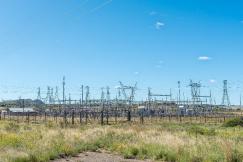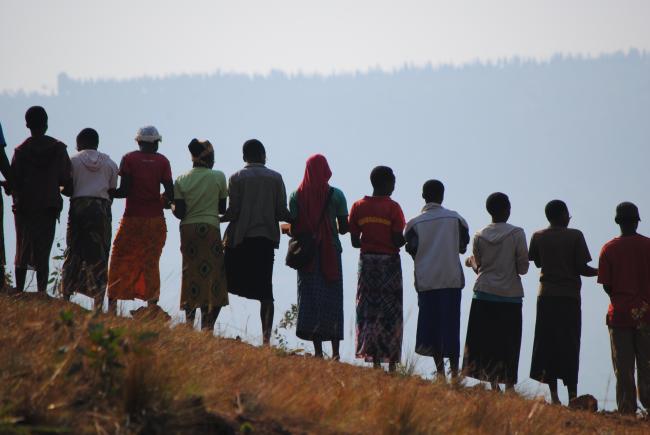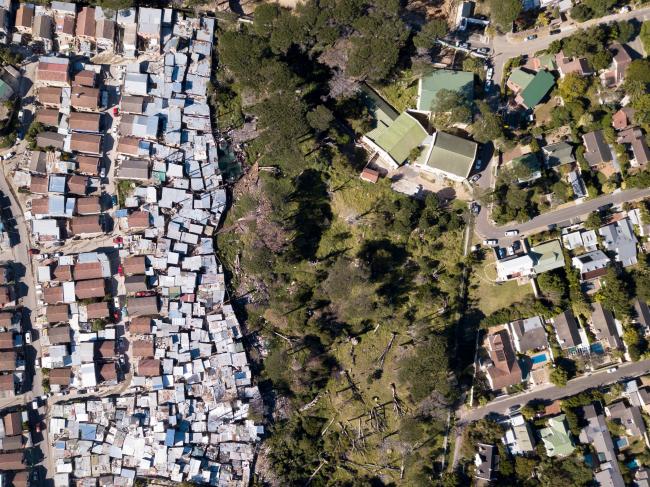Electricity could enable structural transformation by powering industrial development. But while electrification rates are correlated with GDP at the national level, causal evidence on the impacts of electrification paints a less clear relationship. Early work finds significant effects on labour and development outcomes. On the other hand, recent micro-evidence from developing countries finds limited welfare gains. Suggestive evidence indicates that this puzzle may be partly explained by the scale of electrification, with welfare effects increasing in scale. This research project sheds light on this empirical puzzle by estimating the causal impact of rural electrification on structural transformation and population dynamics in the Philippines.
The study examines outcomes over the very long-run, up to fifty years after the first grid connections were made. The researchers use a regression discontinuity (RD) design that exploits a discontinuity in the year in which rural electricity cooperatives were created in the early 1970s. Specifically, the first wave of cooperatives was created based on a population threshold criterion: cooperatives that would serve an area with a population of at least 100,000, as measured in the 1970 census, were prioritised, whereas cooperatives with a population under this threshold were created between 5 and 10 years later. The research team digitised municipality-level census data from 1970 to construct cooperative population in 1970 – the “running variable” – and finds a strong discontinuity in the year of cooperative creation, as well as corresponding discontinuities forty years later in the quality of electricity infrastructure and electricity prices. The researchers exploit this discontinuity in electricity infrastructure to estimate its long-term effects, as well as the dynamic effects over time, on population movements, labour composition and other outcomes related to structural transformation at two levels of aggregation: the municipality and the household.
There are roughly 600 million people in sub-Saharan Africa (SSA) who live without regular electricity. The goal of universal energy access has become critical for policy makers. There is also debate on whether poor households should be connected to the grid or be served by small scale distributed energy systems such as solar home systems and lamps. Several countries in SSA, such as Togo or Zimbabwe, are effectively at a similar phase of rural electrification as the Philippines back when the first rural electricity cooperatives were created. Considering that the SSA region has the lowest rates of electricity access in the world (International Energy Agency, 2021) and the fact that substantial resources will continue to be devoted to rural electrification efforts in the near term (IEG, 2015), this study’s analysis of the long-term effects of rural electrification on economic outcomes and population dynamics sheds light on how structural transformation may be impacted by these rural electrification efforts in the SSA region. The project estimates the impact of electricity infrastructure at the community level. Unlike more micro household-level studies, these estimates will be relevant for policies that improve electricity infrastructure for communities with around 100,000 people. This parameter is policy relevant because it can capture welfare channels that are harder to measure with 3 household-level RCTs. For instance, it is expected that relocation to areas with better electricity could be a key channel. The project’s cooperative level analysis over a long period can capture such effects, while studies based on household level interventions cannot.













































